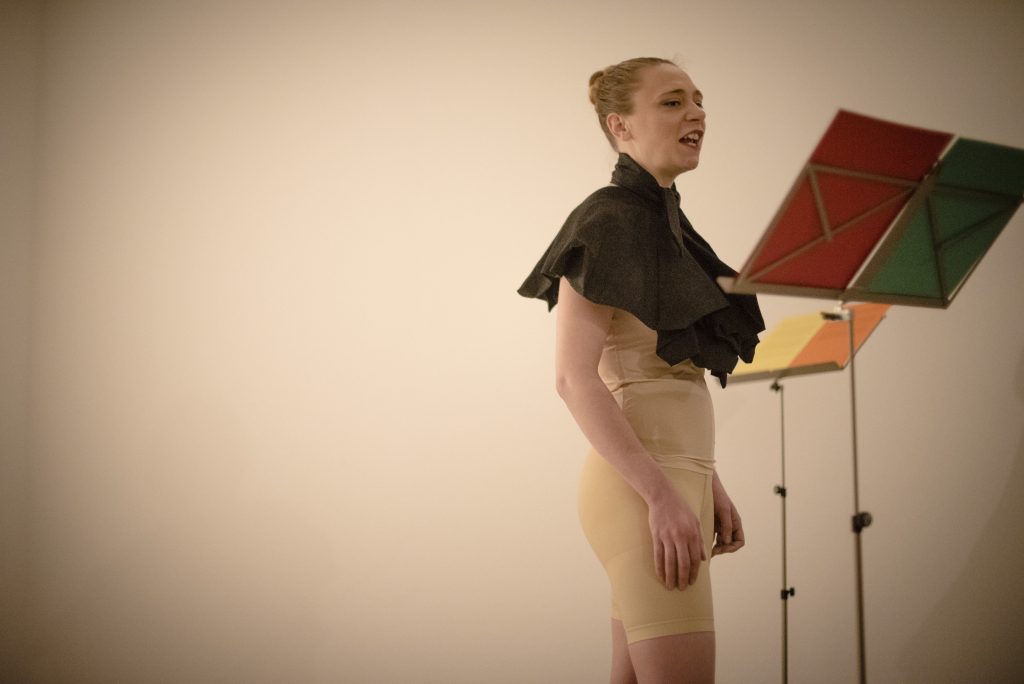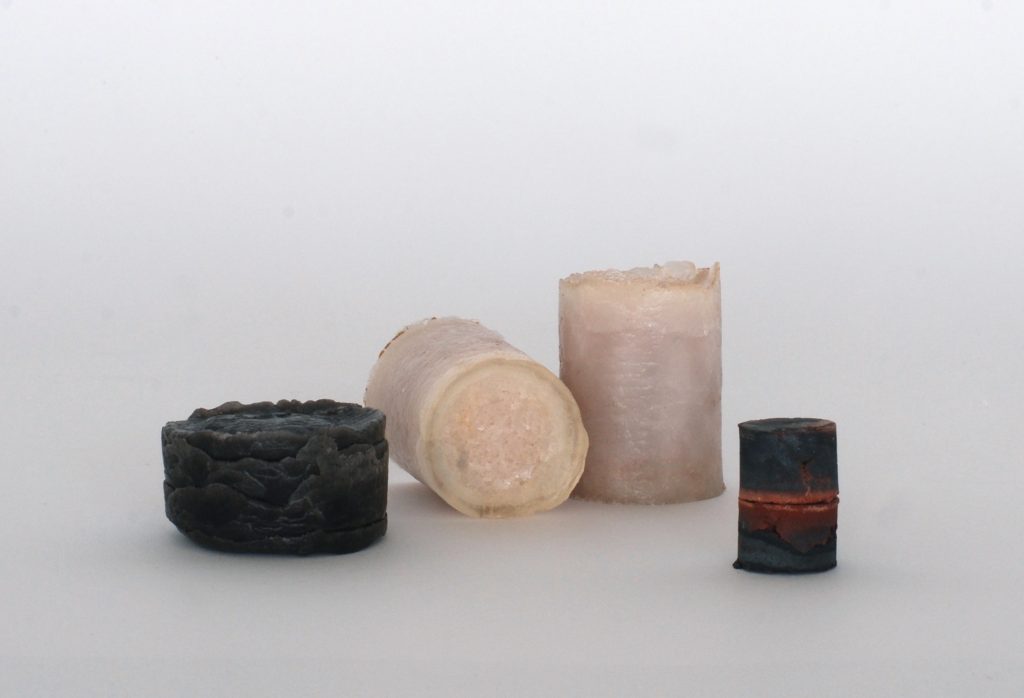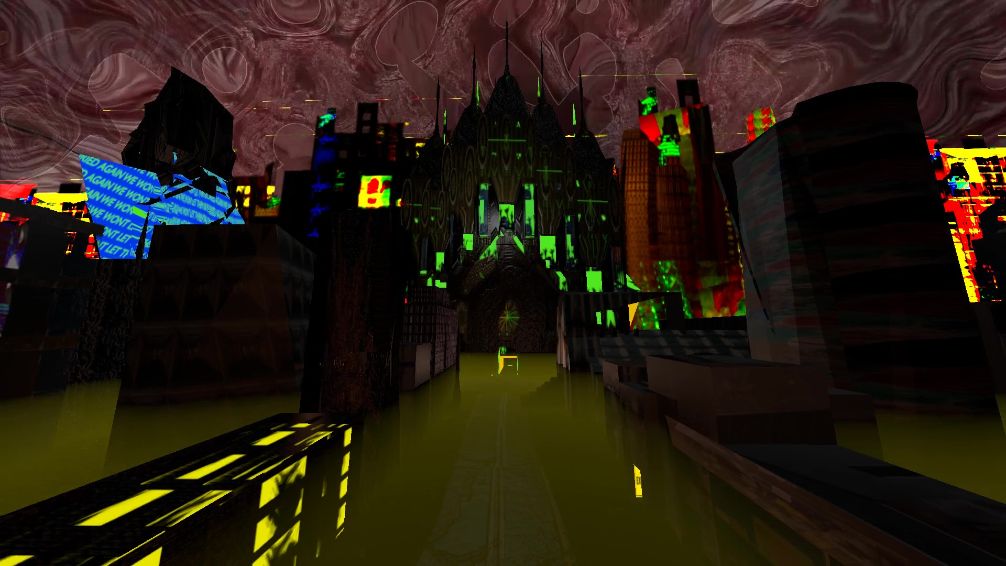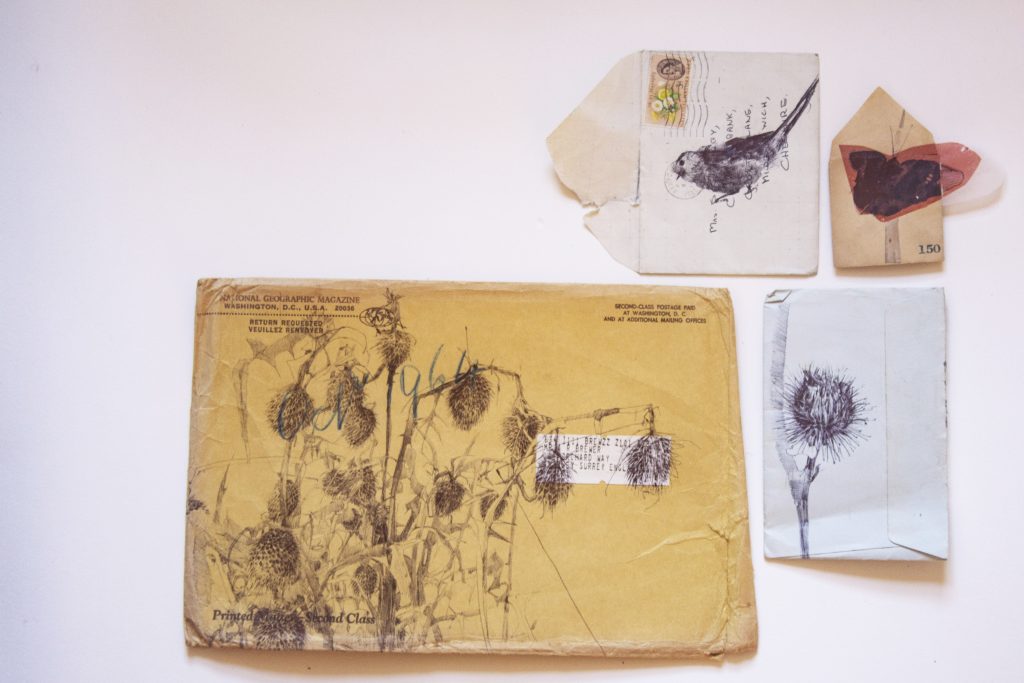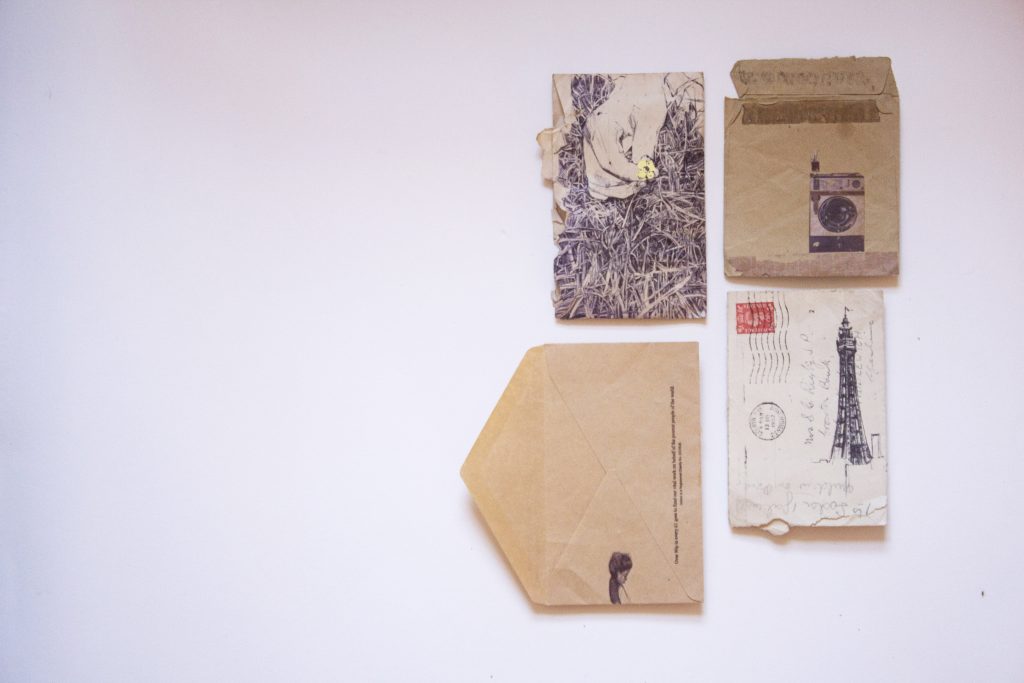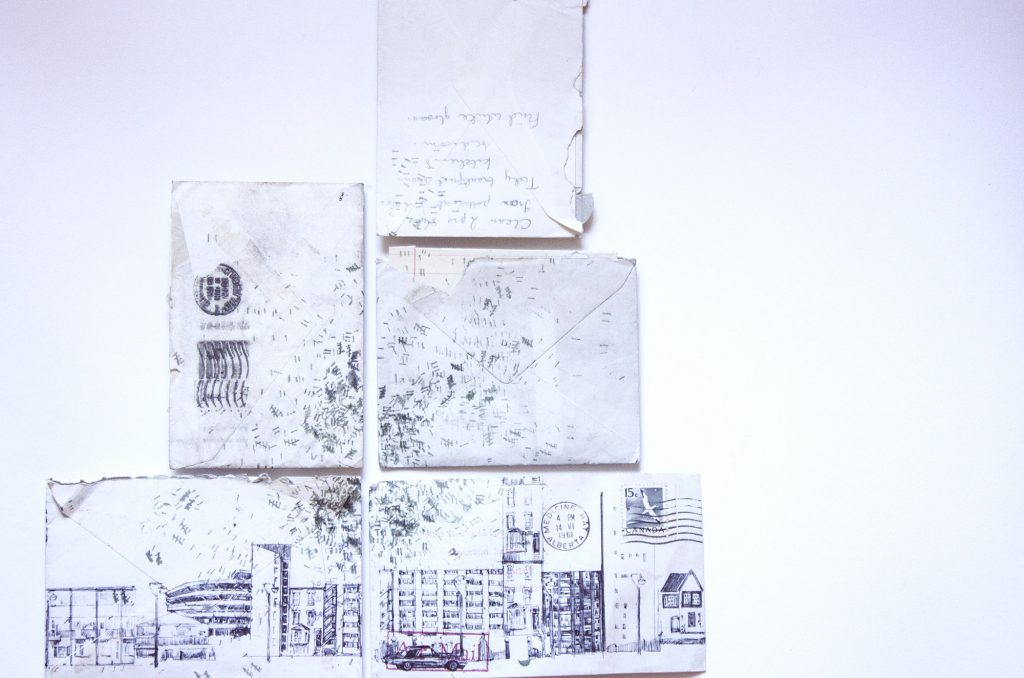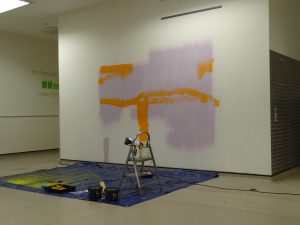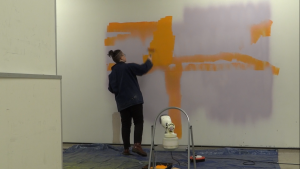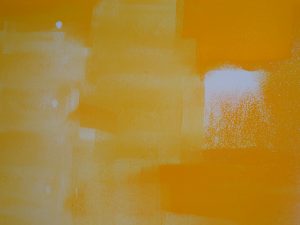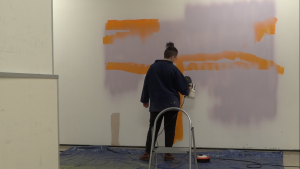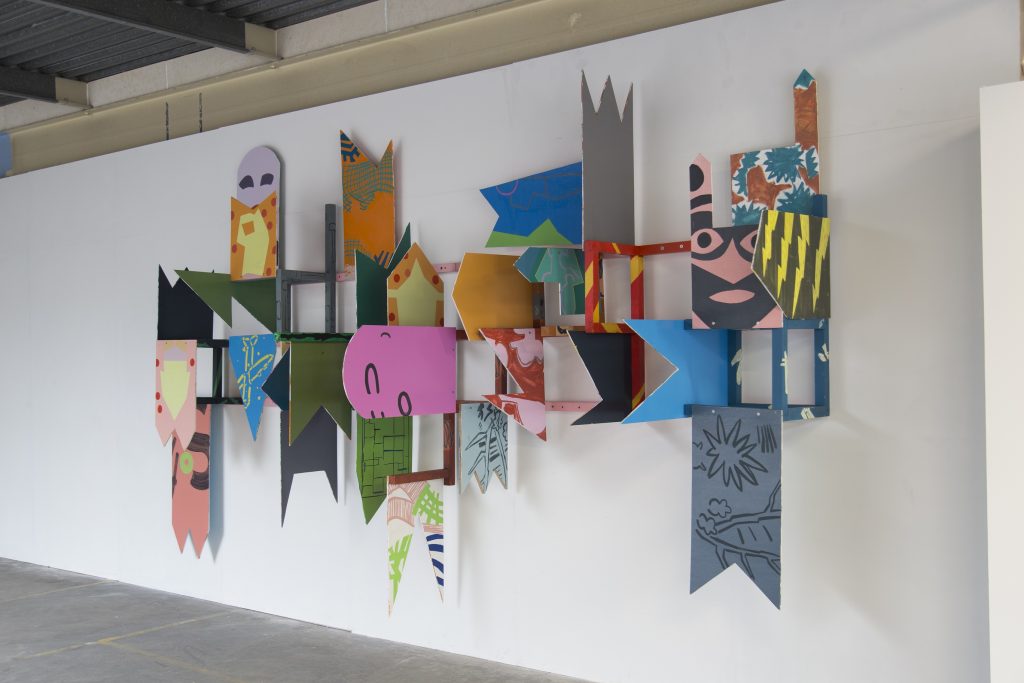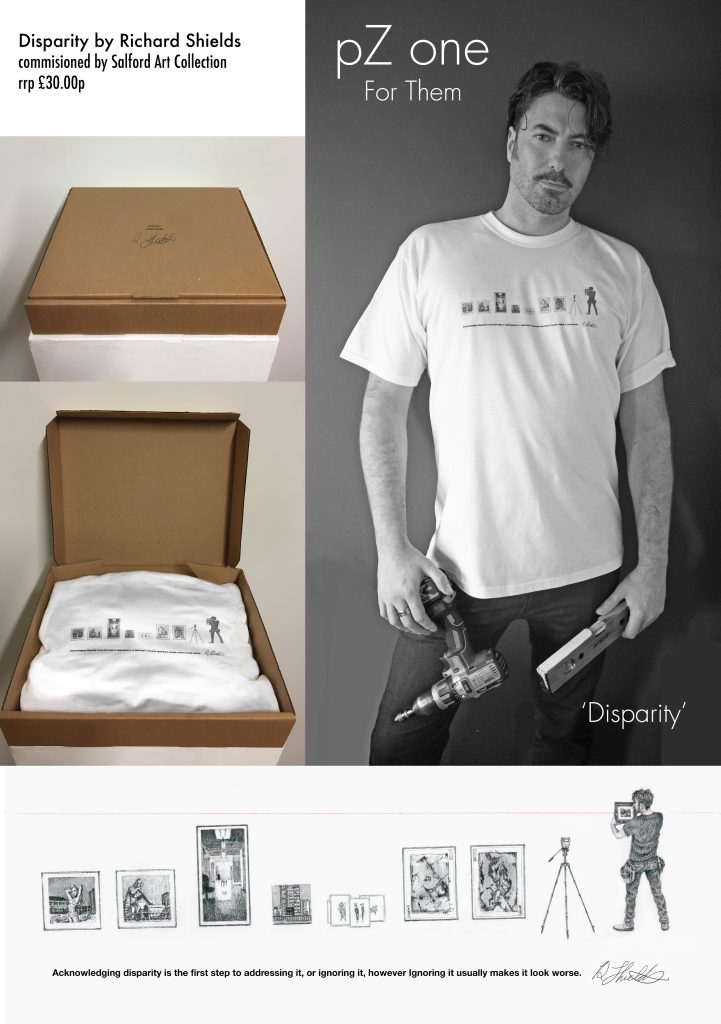Peer to Peer UK/HK Festival registration now open: 4 days of free talks & online exhibitions
Registration is now open for the Peer to Peer: UK/HK Online Festival, taking place 11-14 November 2020.
Free and open to all, join Peer to Peer UK/HK for a programme of international panel events with UK and Hong Kong based artists, curators and galleries to discuss vital and topical themes affecting visual arts across the world.
The event is led by the University of Salford Art Collection, Open Eye Gallery, and the Centre for Chinese Contemporary Art, and curated by independent curator Ying Kwok. The panels will include the University of Salford’s own Richard Fitton (Lecturer in Energy Efficiency) on the climate crisis, and Stephanie Fletcher (Assistant Curator, Art Collection) on archives & collections. University Curator Lindsay Taylor is leading the Festival, and will host the welcome and closing sessions.
Also speaking on a range of topics are artists & curators from Furtherfield (UK), Wellcome Collection (UK), Castlefield Gallery (UK) and HART (HK), Asia Art Archive (HK) and Hong Kong International Photo Festival (HK) – see below or visit the Peer to Peer UK/HK website for full listings.
Alongside the programme of panel events, there will also be an online exhibition of digital artwork including existing artworks and 5 brand new commissions from artists based in the UK and Hong Kong.
The Peer to Peer: UK/HK Online Festival will take place entirely online between 11-14 November 2020, and is free and open to all.
Visit the website now to book your place: peertopeerexchange.org.

Image: Sharon Lee Cheuk Wun, Same River Twice, (2020), Gelatine-silver prints, 6-channel video, 6 sets of moving images uploaded on google map, courtesy of the artist
Peer to Peer UK/HK: Festival programme
WEDNESDAY 11 NOVEMBER 2020 Opening session: Welcome and introductions Outline of programme and launch of online commissions 11.30am UKT / 7.30pm HKT Speakers: Nick McDowell (Director International, Arts Council England), Ying Kwok (Peer to Peer: UK/HK Festival Director), Sarah Fisher (Open Eye Gallery), Lindsay Taylor (University of Salford Art Collection), Zoe Dunbar (Centre for Chinese Contemporary Art) Panel One: Local/international artistic exchange in the time of global pandemic 12pm UKT / 8pm HKT The value of artist led practice and artistic exchange as a radical and necessary approach in responding to a changing international world. Chair: Wing Sie Chan (a-n The Artists Information Company, UK) Panel: Angel Leung (Videotage, HK), Dorcas Leung ( HART, HK), Jamie Wyld (videoclub, UK), Lee Wing Ki (Artist, representing 1a space, HK) Panel Two: Working with communities 1:15pm UKT / 9:15pm HKT How do visual arts organisations in the UK and Hong Kong connect with communities in a rapidly changing political and social world. Chair: James Green (Newlyn Art Gallery and The Exchange, UK) Panel: Charlotte Frost (Furtherfield, UK), Liz Wewiora (Open Eye Gallery, UK), Bruce Li (Centre for Heritage Arts & Textile, HK), Ivy Lin (Oil Street Art Space, HK) |
THURSDAY 12 NOVEMBER 2020 Panel Three: Isn’t all art activism? 12pm UKT / 8pm HKT Activision: The philosophy and principle of activism in art. Isn’t all art activism? Chair: Skinder Hundal (New Art Exchange, UK) Panel: Chantal Wong (Eaton HK, HK), Yang Yeung (1983, HK), Helen Wewiora (Castlefield Gallery, UK) Panel Four: Placemaking: utopian vision v social experiment 1:15pm UKT / 9:15pm HKT Challenges and barriers in face of art programming for placemaking and community building in Hong Kong and the UK. Chair: Jeannie Wu, (HART, HK) Panel: Fiona Venables (Milton Keynes Arts Centre, UK), Bess Chan (Hong Kong International Photo Festival, HK), Maddi Nicholson, (Artist/Art Gene, UK) |
FRIDAY 13 NOVEMBER 2020 Panel Five: Climate: The Defining Emergency of Our Times 12pm UKT / 8pm HKT How can we join forces to engage and empower the public, or influence policy, towards a greener recovery? Chair: Sarah Fisher (Open Eye Gallery, UK) Panel: Patrick Fung (Clean Air Network, HK), Colette Bailey (Metal, UK), Richard Fitton (Energy House, University of Salford, UK), Natalie Lai Lo Lai (Artist, HK) Panel Six: Archiving through change 1:15 pm UKT / 9:15pm HKT A discussion of the profound changes recently affecting archives and collections; what they contain, who they represent and how they are accessed. Chair: Paul Hermann (Redeye, the Photography Network / The Photographic Collections Network, UK) Panel: John Tain (Asia Art Archive, HK), Joseph Chen (Videotage, HK), Stephanie Fletcher (University of Salford Art Collection, UK), Melanie Keen (Wellcome Collection, UK) |
SATURDAY 14 NOVEMBER 2020 Panel Seven: Making (it) work online 11am UKT / 7pm HKT An online exhibition or an exhibition online? Creating and curating online art as an artistic practice – not a solution. Chair: Vennes Cheng (Academic and Curator, HK) Panel: Jacob Bolton (Peer to Peer: UK/HK), Peter Bonnell (Derby Quad, UK), Antonio Roberts (Artist, UK), Wu Jiaru (Artist, HK) Closing Remarks 12:30pm UKT / 8.30pm HKT Chairs: Lindsay Taylor (University of Salford Art Collection) and Ying Kwok (Festival Director) All partners and panelists invited to share their highlights of the Festival Ends 1:30pm UKT / 9:30pm HKT |
